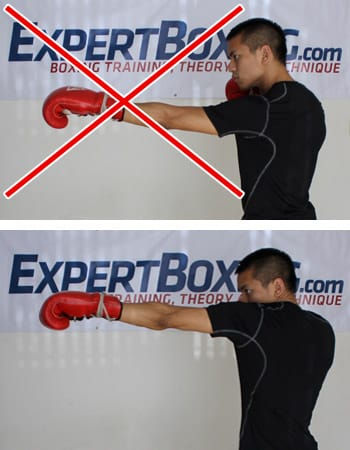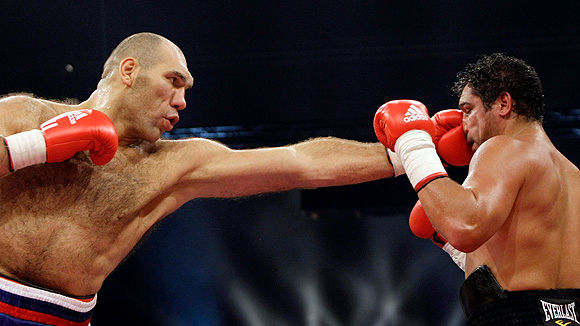Guest Post: The Jab
- Jackie Bradbury

- Feb 10, 2020
- 3 min read

Today's post is the introductory post of a new guest poster, Cliff Tutor. Cliff will be posting from time to time on a variety of martial arts topics. You can contact him directly at Corytutor1982@Gmail.com. Welcome, Cliff!
Hi guys! Jackie has invited me here to try my hand at writing a blog, which I've never done by the way, and to give a little empty hand perspective.
So, my name is Cliff Tutor. I started martial arts back in 1989, though I was a martial arts junkie even before then.
I started out in Moo Duk Kwan Tae Kwan Do and after a few years began Muay Thai at the same facility under master Sweeney. After about a year and a half of that, we moved and I began to take boxing classes and Greco Roman wrestling. So far I had learned quite a bit, but I wanted more.
I had always had an interest in Kung Fu, perhaps from countless hours of chop-socky flicks, and so I began looking towards Chinese arts. I dabbled briefly with Long Fist, Northern Mantis, and Wing Chun, from a student of Augustine Fong. It was during this time that I discovered Jeet Kune Do. It was a style built for me,and I've been there ever since. That's been about 13 years now. In the last year I've been incorporating crazy monkey defense into my JKD well as Brasilian Jiu Jitsu.
Overall, I'm a striker first. That's my specialty; it's what I love. As such I thought,what should my first blog post be? Well, if I were teaching a student, it would be the jab, so that's what I've chosen. The jab is the midst important hand strike.
There's a multitude of ways to work the jab, each with its own benefit and purpose.
There's the feeler jab, the safety jab, the double or triple jab, and the stiff jab, to name a few.
A good jab requires that you be relaxed. Tense muscles slow action, and the jab should be your fastest strike. Its power comes from speed, proper mechanics and alignment.
A good jab should follow the same kinetic chain as any other punch, starting at the feet. However, there are times when it will not, but for good reason - usually for interception or timing purposes.
The jab generally should travel from the feet, through the hips, and shoulders, and should whip at the end, like cracking a whip. This snap is often the difference between a decent jab, and a great jab.
The jab should also travel and end at the center line. This protecting your center as you strike and, ideally, should strike your opponent at his center line.
So now that we've gone I've the basic mechanics, let's talk strategy and usage.
The must common jab is the feeler jab. You see this all the time in boxing. Two guys enter the ring and the first two rounds, the majority of there punches will be jabs. It's used to determine and maintain distance, as well as speed and timing and reflexive natures of the opponent. You're "feeling them out".
Once this information is determined, the feeler jabs usage goes down and is replaced with other jabbing methods, such as the safety jab.
The safety jab can be a loose jab, or a stiff jab, depending on what your goals are. It is used while on the move, to occupy the opponent and cover your movement.
The double and triple jabs, are just as their respective names imply - two or three strikes in succession.
These are used to find openings in an imminent with a strong defense, where one jab may not be effective and this is also used to disrupt a counter fighter. These are great tools for breaking rhythm, and I'm a firm believer in that if you aren't hitting, at least keep the other guy busy so he's not hitting.
As for the stiff jab - I chose this one last because it can be interspersed among the other methods. The mechanics are very similar to the mechanics of any other jab, with just a little forward lean towards the opponent added to it just before impact. This adds more weight and momentum to the strike. This was a knock-out punch for Muhammad Ali.
By learning these different jabbing strategies,and by developing a good jab with good form, then you can easily begin to tie in other techniques,using the jab to setup, open or close a combo, and greatly improve your empty hand game.
I've had fun with this, and hope it was both enjoyable and informative for you. I can't wait to hear some feedback. Thanks!
Thanks for nerding out with us, Cliff! If you've got something to add on the art of the Jab, please let us know in the comments!





Comments